Home Depot builds for online future
Source:AJC.com
At about 10 times the size of a regular store, Home Depot’s direct fulfillment center in Henry County is the biggest of big boxes.
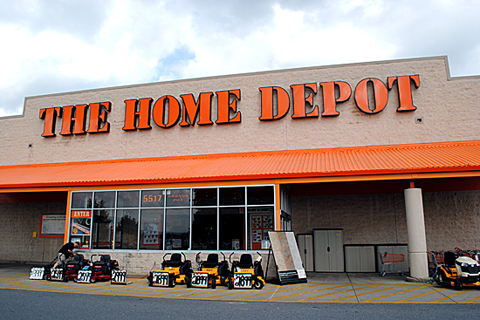
At about 10 times the size of a regular store, Home Depot’s direct fulfillment center in Henry County is the biggest of big boxes.
Yet the only way in for shoppers is via the smallest of doorways: a mobile device or computer keyboard.
The sprawling warehouse, along with two others in Ohio and California, was built to service online orders. That makes it a linchpin of Home Depot’s strategy for sustaining revenue growth while adding hardly any new traditional stores.
The Henry warehouse stockpiles all the in-store staples and a lot you don’t typically see in one of the Atlanta chain’s stores, from hot tubs and saunas to offbeat items like purple toilet seats.
“We can get products to 90 percent of the U.S. in two business days from here,” said Stephanie Smith, vice president of direct fulfillment for the Atlanta-based home improvement giant. “What we have in here is most of what is in our retail stores, but a much broader assortment.”

Home Depot’s 1.1 million square foot distribution center in Locust Grove.
Home Depot is counting on the supersized warehouses to help it avoid the fate of other retailers amid shifting consumer habits.
Stalwart brands such as Macy’s, Best Buy, Target, Kohl’s, Walmart and Sears have all had to shrink or close locations to survive as shoppers spend less at brick-and-mortar stores. Others, such as athletics powerhouse Sports Authority, have been forced to shut down altogether.
Home Depot, which currently earns about 5 percent of its sales from online business, has been somewhat insulated from those trends by homeowners staying put and sprucing up their digs. Revenue rose to $88.5 billion last year, from $83.2 billion in 2014.
Its target: $101 billion by 2018.
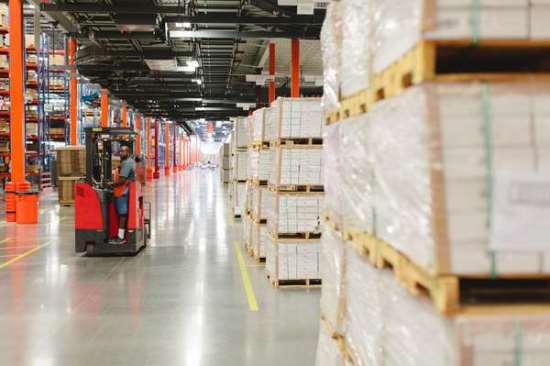
A Home Depot worker travels through the 1.1 million-square-foot facility on a forklift.
In the past such an ambitious goal meant building new stores. At the annual meeting two weeks ago, CEO Craig Menear said it would take around 350 new locations to hit the revenue target through expansion alone.
The chain has only opened a handful of stores domestically and in Mexico and Canada, however. So squeezing more dollars from existing floor space and growing Internet sales is crucial.
We continue “to believe that blending of physical and digital channels into a seamless customer experience, which we call interconnected retail, provides a unique opportunity for us…,” Menear said in a first-quarter earnings call with analysts this month.
Pulling that off won’t be easy, said Jared Wiesel, head of the retail and consumer products practice group at consultancy Revenue Analytics. As more consumers shop online, price trumps brand loyalty. That means retailers need an easy, inviting online shopping experience, speedy and affordable delivery and flexible return policies.
“The hyper-informed customer is gaining power,” Wiesel said. “Home Depot is the expert in everything in home improvement, but that in and of itself is not good enough.”
Home Depot is not alone in fulfillment center construction in metro Atlanta, a distribution hub. Walmart operates a 1.2 million-square-foot fulfillment center in Union City and Amazon has a facility in East Point.
Model of efficiency
The two-year-old Henry County facility is a model of efficiency. Instead of the more traditional grouping of items by product — lawn and garden material in one aisle and plumbing fixtures in another, for example — they are separated by how well they sell so they can be shipped more efficiently. Trimmers and Pergo flooring might share a space just because of high demand, said Dan Hartsell, the center’s general manager.
The fulfillment center has about 100,000 products or SKUs (stock keeping unit), from the tiniest bolts and screws to French door refrigerators, compared to about 35,000 SKUs in a typical store. Instead of a sample three or four bathtubs found at your local Home Depot location, the fulfillment center has around 50.
It’s about to get bigger, too. Home Depot last week broke ground on an “annex” to the warehouse that is nearly as big as the existing building.
While Home Depot gets online orders around the clock, peak hours are roughly from 1 p.m. to about 8 p.m., Hartsell said.
Conveyor belts stretch along long aisles so smaller products can be rolled to waiting workers. On the mezzanine level, a bubble wrap machine spits out rolls of protective wrapping in preparation for packaging. Forklifts shimmy down shiny concrete floors with arms of goods while workers roll completed orders to awaiting trucks.
At peak operations, the fulfillment center employs around 500.
Most orders are for shipment to customers’ homes, but about 40 percent goes to stores for customers who plan to pick up the items, sometimes the same day they order them.
Time to grow
“A lot of people do that with bigger and bulkier things because it costs a little more for shipping,” Smith said.
Analysts said Home Depot has time to grow its online business further. The rebound in the housing industry has kept sales strong as consumers spend more on appliances and laminate flooring instead of clothes and TVs. That has given the company breathing room and a cushion before the next downturn in the economy.
The next step for the company is the option for consumers to buy online and deliver from the store, Menear said. In test markets, the response to the program has been overwhelming and Home Depot has struggled to keep up.
“This is a good problem to have, but it is challenging delivery capacity, which we are working to address,” Menear said during the earnings call. “We still expect (buy online, deliver from store) to be fully rolled out by the end of the fiscal year.”
Hakon Helgesen, a retail analyst at Conlumino, thinks Home Depot has made some smart strategic moves. In analyst notes, Helgesen said location apps for navigation in stores and the ability to check inventory before making a trip have greatly improved the customer experience.
That’s “something that has helped Home Depot build custom outside of hardcore home improvers,” Helgesen wrote. “Online services, like reviews and videos, have also proved useful in boosting the sales of products related to more complex projects.”
(Source: AJC.com Author: Leon Stafford)

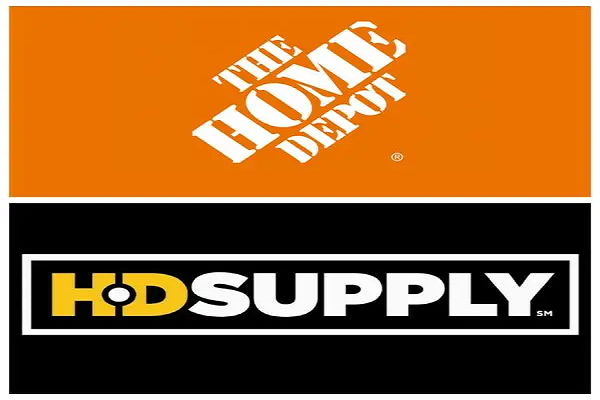
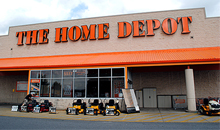
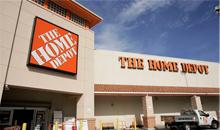

 沪公网安备31010402003309号
沪公网安备31010402003309号



